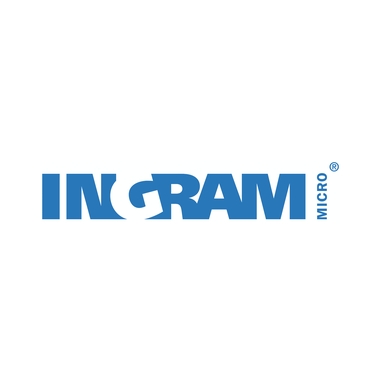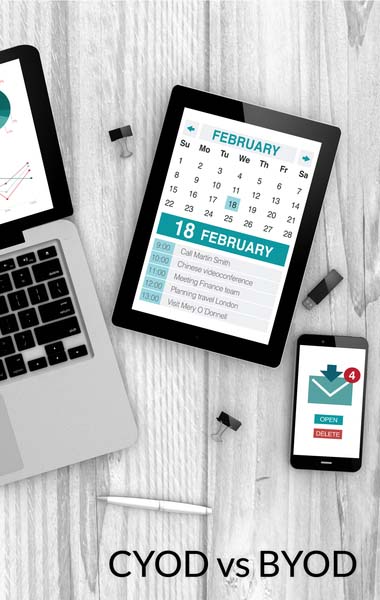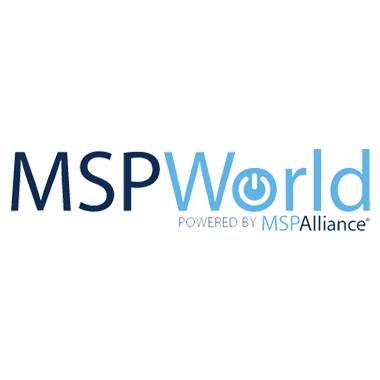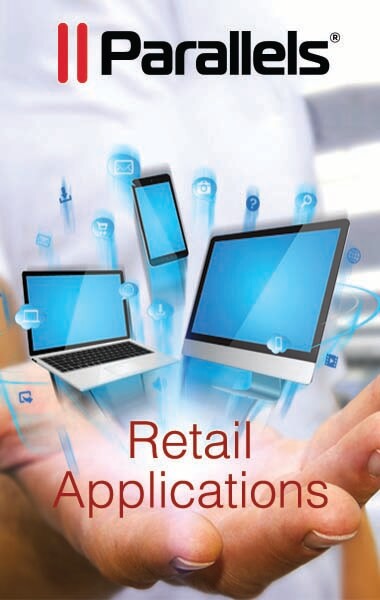Why cloud computing – Cloud technologies are becoming one of the major investments for organizations to reduce costs; consolidate billing, availability, and disaster recovery; and enable BYOD and CYOD.
Why cloud Computing – The Reason...
Rise Lawyers Office (Rise) was established in Saitama city, Saitama prefecture in February 2011 and has grown to cover seven cities in Japan over the past five years...
Parallels Inc. has signed a distribution agreement with Ingram Micro Inc. making Ingram Micro the authorized distributor for Parallels Remote Application Server (RAS) for the Middle East, Turkey and Africa (META)...
Virtual Desktop Infrastructure VDI enables organizations to run fully functional virtual machine-based desktops, allowing end users to access them regardless of device or location. Although VDI can help reduce the TCO, secure data, and...
Parallels and Dupaco last week announced a distribution agreement between the two companies that will see Dupaco, already one of the largest True Value Added Distributors in the Netherlands, become the distributors of Parallels...
CYOD vs BYOD – In today’s cutting edge, competitive, and profitable world, businesses must quickly learn how to leverage the latest technology trends without creating a...
The MSPWorld 2017 Conference and Expo is designed to help IT service providers become the best they can be. Attendees will be able to choose from technical, business, and content-rich sessions covering the latest innovations in...
Retail Application
The retail industry is facing the challenge of managing a range of devices that require access to retail applications. Furthermore, VDI network complexity is a challenge, and expensive...







